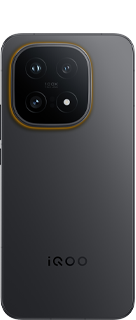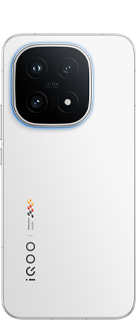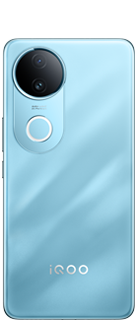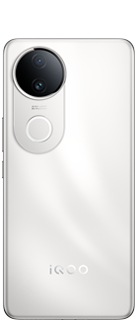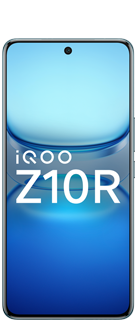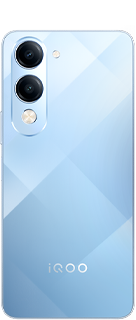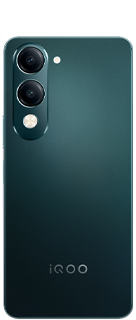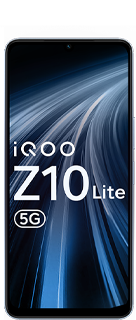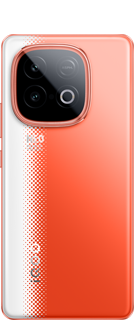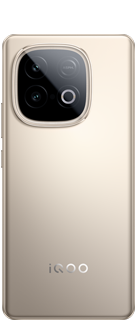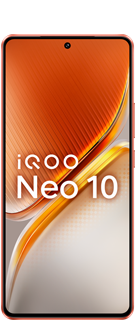Ray-Tracing: A New Way to Enhance Gaming Graphics
Ray-tracing is a technique that simulates realistic lighting effects in computer graphics. It can create stunning visuals such as reflections, shadows, refractions and ambient occlusion that make games more immersive and lifelike. In this thread, we will explore what ray-tracing is, how it works, its advantages and disadvantages, the requirements to use it and some examples of games that support it.
What is Ray-Tracing?
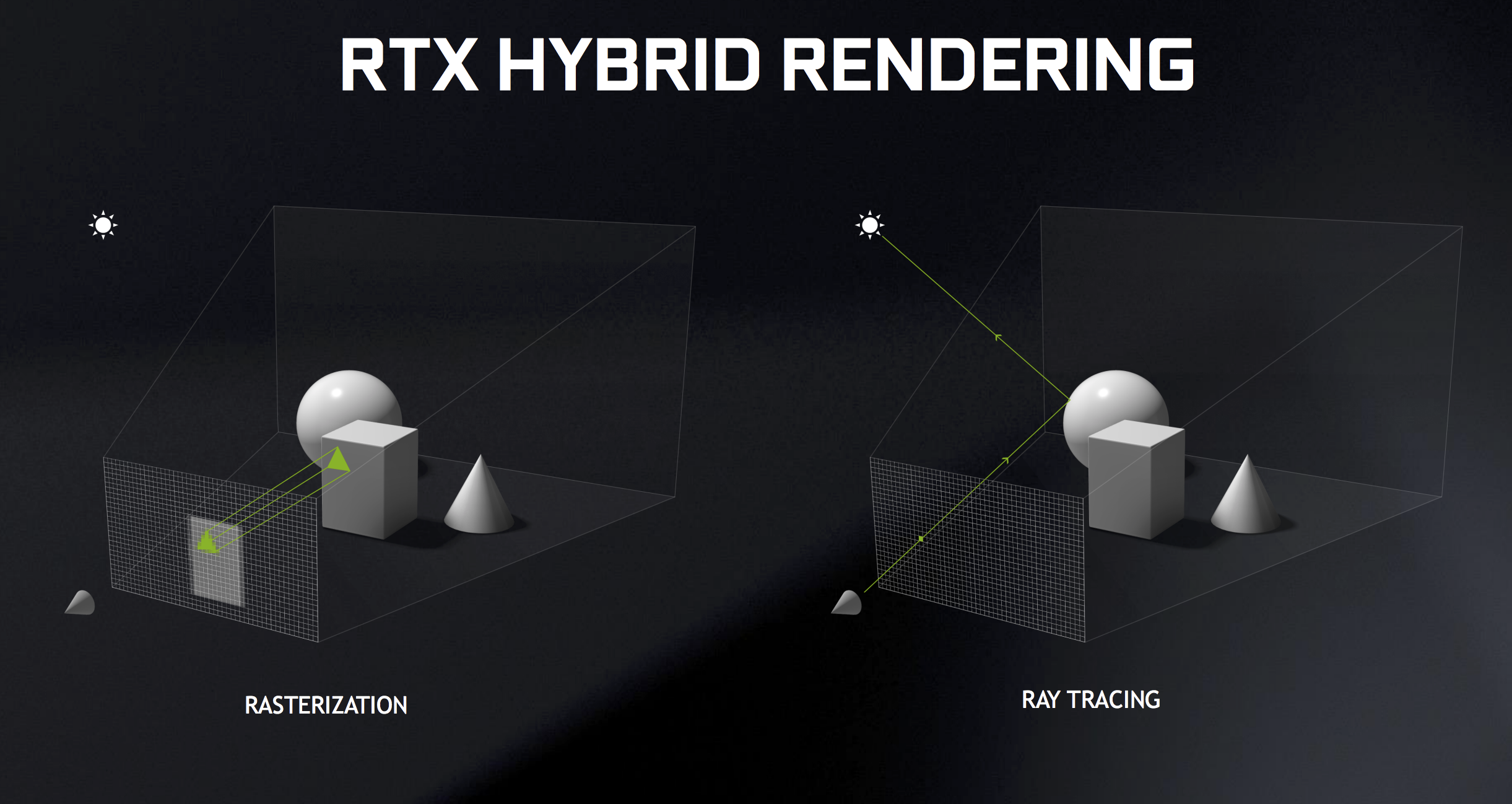
Ray-tracing is based on the idea of tracing the path of light rays as they bounce off different surfaces in a scene. By calculating how the light interacts with the materials and objects in the scene, ray-tracing can produce realistic effects that are difficult or impossible to achieve with traditional rasterization techniques.
Rasterization is the process of converting 3D models into 2D images on the screen. It uses pre-computed information such as textures, normal maps and light maps to approximate how the scene should look like. However, rasterization has limitations when it comes to dynamic lighting, shadows and reflections, as it cannot account for all the possible interactions between light and objects in real time.
Ray-tracing, on the other hand, does not rely on pre-computed information, but rather simulates the behavior of light in real time. It can handle complex scenarios such as multiple light sources, transparent objects, curved surfaces and indirect illumination. Ray-tracing can also create accurate shadows and reflections that match the shape and color of the objects in the scene
How Does Ray-Tracing Work?
Ray-tracing works by casting rays from the camera (or eye) into the scene and tracing their paths until they hit an object or leave the scene. For each ray that hits an object, the color and brightness of the pixel on the screen are determined by applying a shading model that takes into account the material properties of the object, the angle of incidence of the ray and the direction and intensity of the light source.
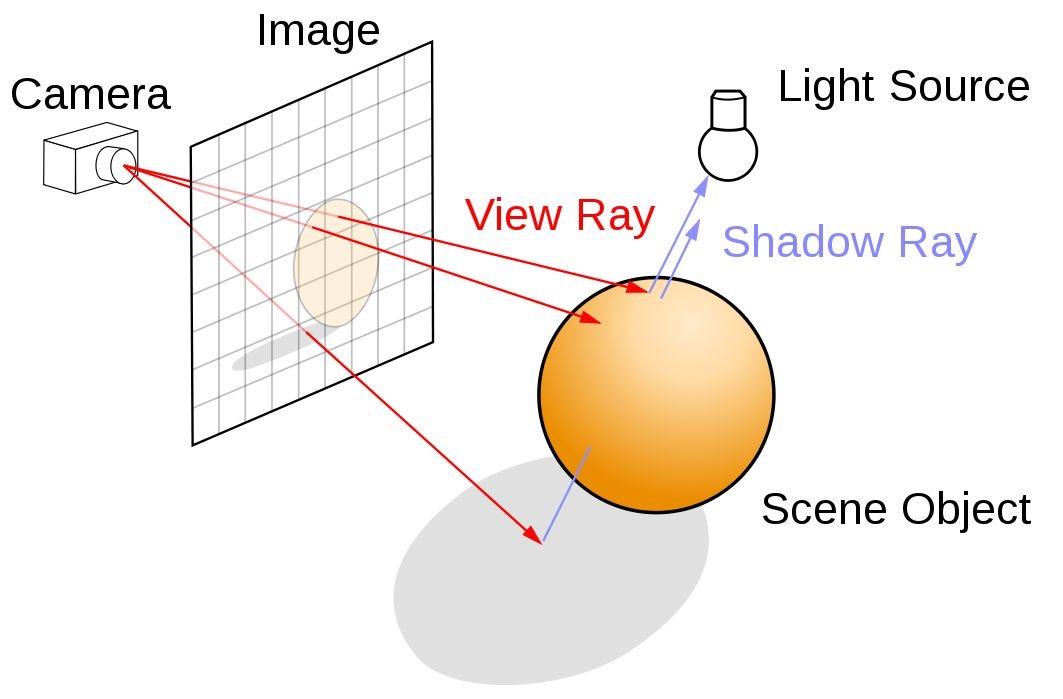
However, one ray per pixel is not enough to capture all the details of the scene. To create more realistic effects, Ray-tracing uses additional rays that are spawned from the intersection point of the primary ray and the object. These rays are called secondary rays and they can be divided into two types: reflection rays and shadow rays.
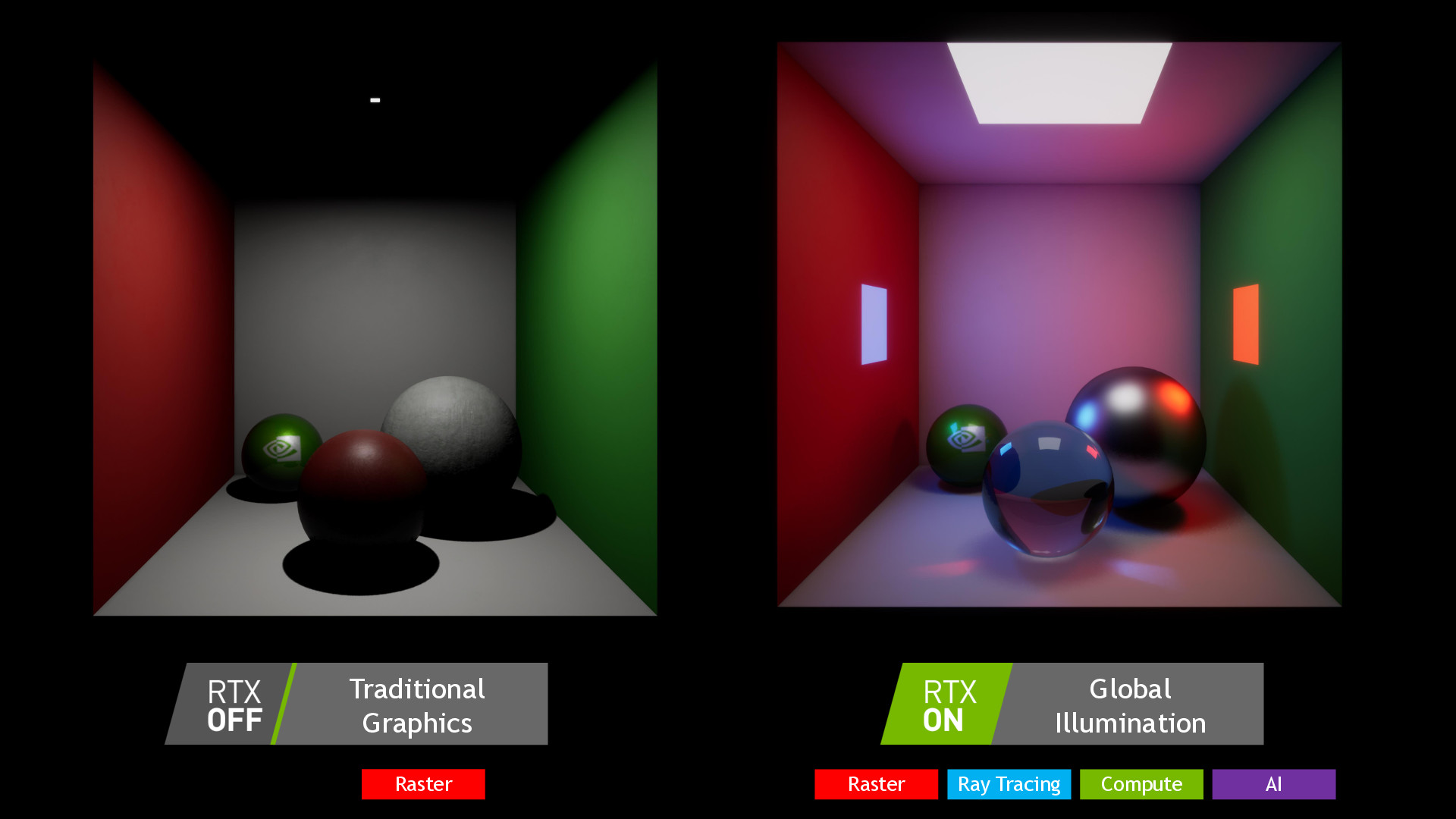
Reflection rays are used to simulate reflections on shiny or metallic surfaces. They are cast in the direction of the mirror reflection of the primary ray. If a reflection ray hits another object, it can spawn another reflection ray or a shadow ray, creating a chain of reflections that can capture multiple levels of detail.
Shadow rays are used to simulate shadows cast by objects that block the light source. They are cast in the direction of the light source from the intersection point of the primary ray and the object. If a shadow ray hits another object before reaching the light source, it means that the pixel is in shadow and should be darker than if it was fully illuminated.
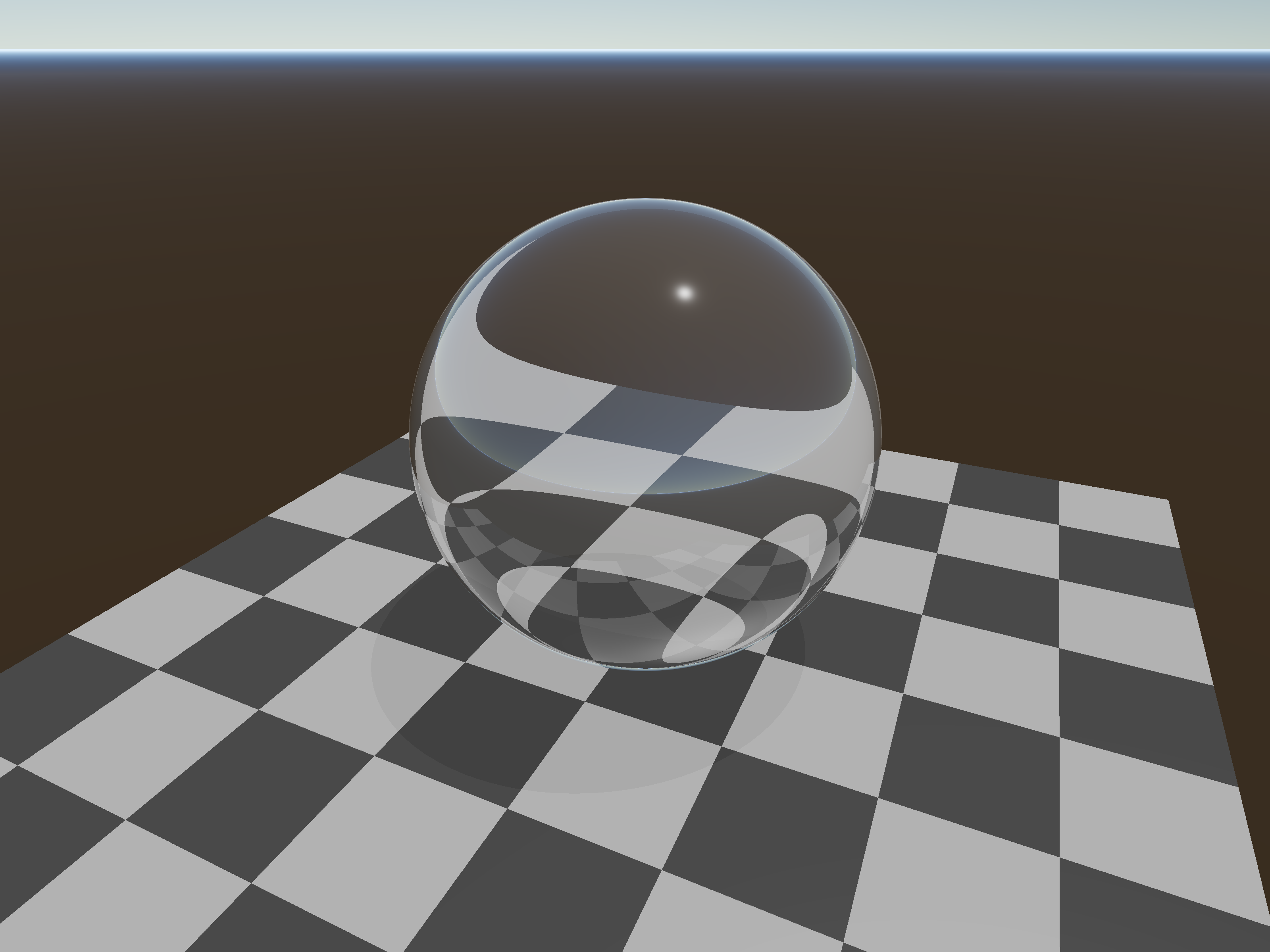
Ray-tracing can also use other types of secondary rays such as refraction rays (to simulate light passing through transparent or translucent objects), diffuse rays (to simulate light scattering on rough or matte surfaces) and ambient occlusion rays (to simulate soft shadows caused by occlusion of ambient light).
What are the Advantages of Ray-Tracing?
Ray-tracing has several advantages over rasterization when it comes to creating realistic graphics for games.
Some of them are:
- Ray-tracing can produce high-quality effects such as reflections, shadows, refractions and ambient occlusion that are consistent with the physics of light.
- Ray-tracing can handle complex scenes with multiple light sources, transparent objects, curved surfaces and indirect illumination without requiring pre-computed information or approximations.
- Ray-tracing can create dynamic effects that change according to the position and orientation of the camera, the objects and the light sources in real time.
- Ray-tracing can enhance the immersion and realism of games by creating a more natural and believable environment for players to explore.
What are the Disadvantages of Ray-Tracing?
Ray-tracing also has some disadvantages compared to rasterization when it comes to creating graphics for games.
Some of them are:
- Ray-tracing is computationally expensive and requires a lot of processing power and memory to perform. Each ray that is cast into the scene requires multiple calculations and operations to determine its color and brightness. The more rays that are used, the more accurate and detailed the results will be, but also the more time and resources it will take to render them.
- Ray-tracing can introduce noise and artifacts in the final image if not enough rays are used or if they are not properly distributed. Noise is caused by random variations in color and brightness due to insufficient sampling of rays. Artifacts are caused by aliasing or jagged edges due to insufficient resolution or anti-aliasing techniques.
- Ray-tracing can be difficult to implement and optimize for games. It requires a different approach than rasterization and involves complex algorithms and data structures. It also requires special hardware support such as dedicated ray-tracing cores or accelerators to achieve acceptable performance.
What are the Requirements to Use Ray-Tracing?
To use ray-tracing for games, you need a compatible hardware and software setup that can support this technique.
Some of these requirements are:
- A graphics card that has ray-tracing capabilities such as NVIDIA GeForce RTX series or AMD Radeon RX 6000 series. These cards have dedicated cores or units that can perform ray-tracing operations faster than conventional cores.
- A CPU that can handle high-level tasks such as game logic, physics and audio while delegating low-level tasks such as ray-tracing to the GPU.
- A monitor that has a high resolution and refresh rate to display smooth and detailed images generated by ray-tracing.
- A game engine that supports ray-tracing features such as Unreal Engine 4 or Unity 3D. These engines have built-in tools and libraries that can enable developers to use ray-tracing for their games.
- A game that has been designed and optimized for ray-tracing such as Cyberpunk 2077 or Control. These games have implemented ray-tracing effects such as reflections, shadows, refractions and ambient occlusion to enhance their graphics quality.
What are Some Examples of Games That Support Ray-Tracing?
There are several games that have been released or announced that support ray-tracing features for their graphics.
Some of them are:
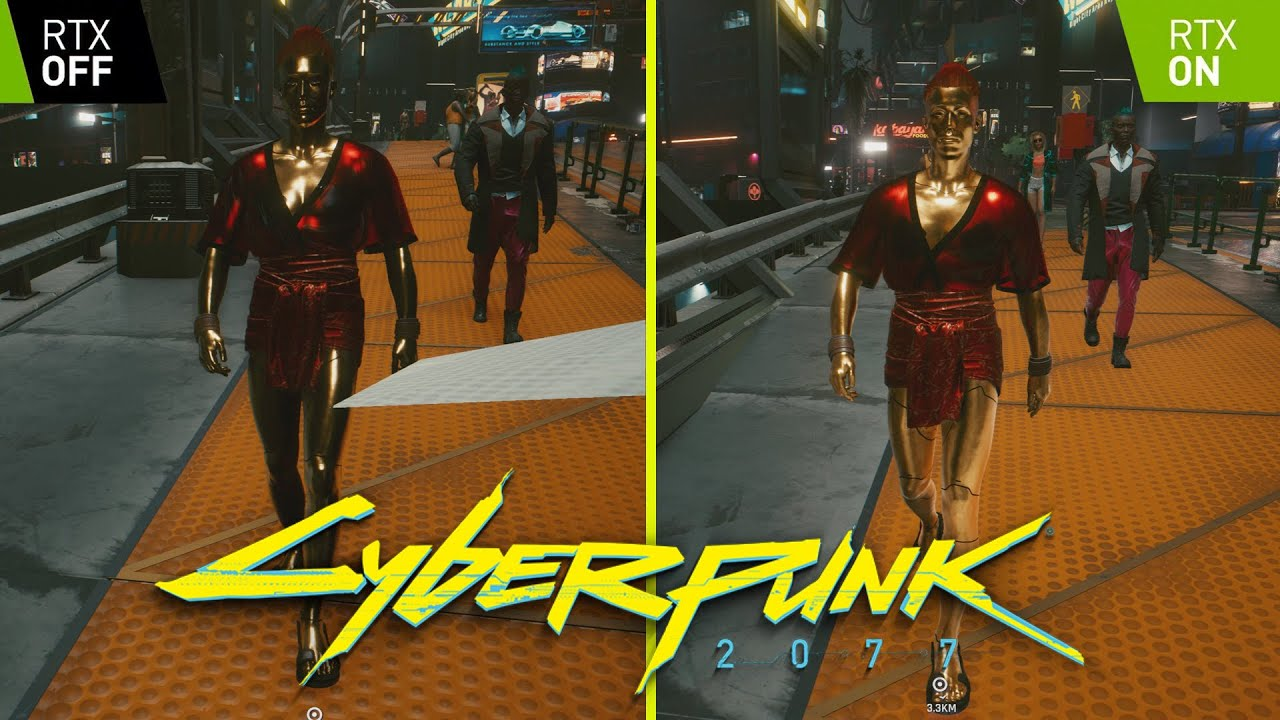
- Cyberpunk 2077: A futuristic open-world RPG that uses ray-traced reflections, shadows, ambient occlusion and global illumination to create a stunning neon-lit cityscape.

- Control: A supernatural action-adventure game that uses ray-traced reflections, shadows, diffuse global illumination and transparent reflections to create a surreal environment full of mystery.
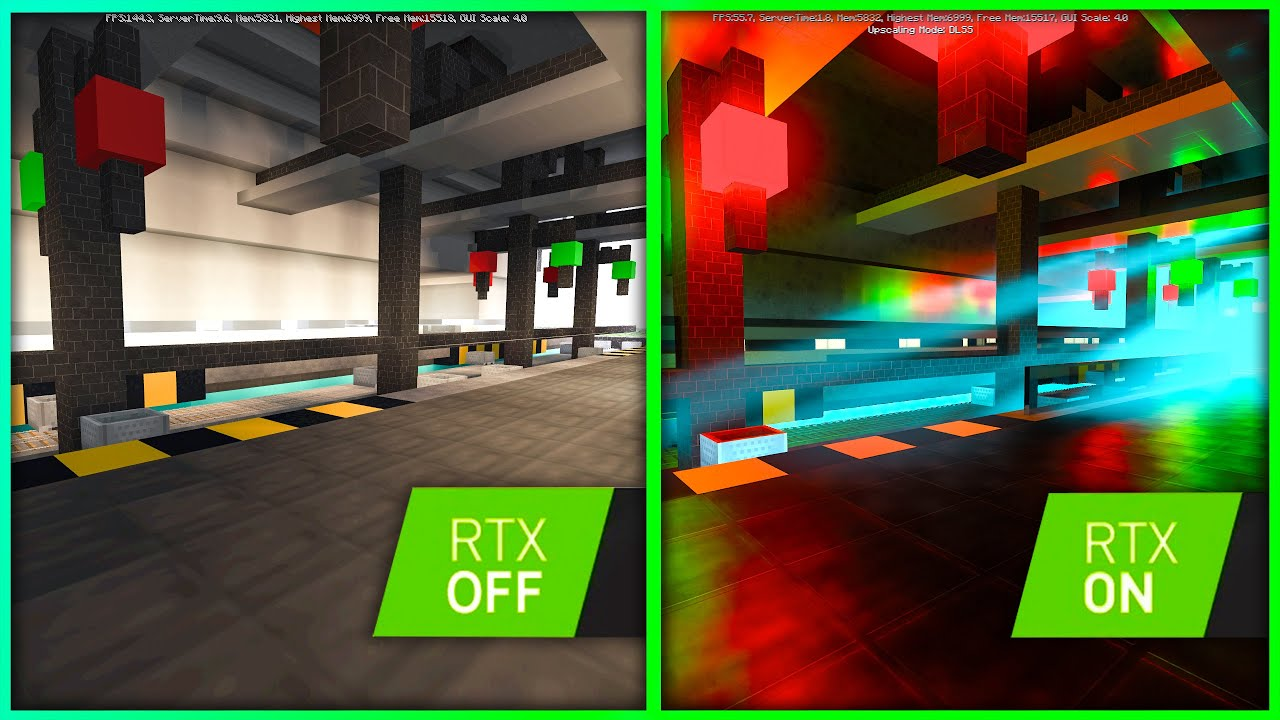
- Minecraft: A sandbox game that uses ray-traced global illumination, reflections, shadows and refractions to transform its pixelated world into a realistic one.
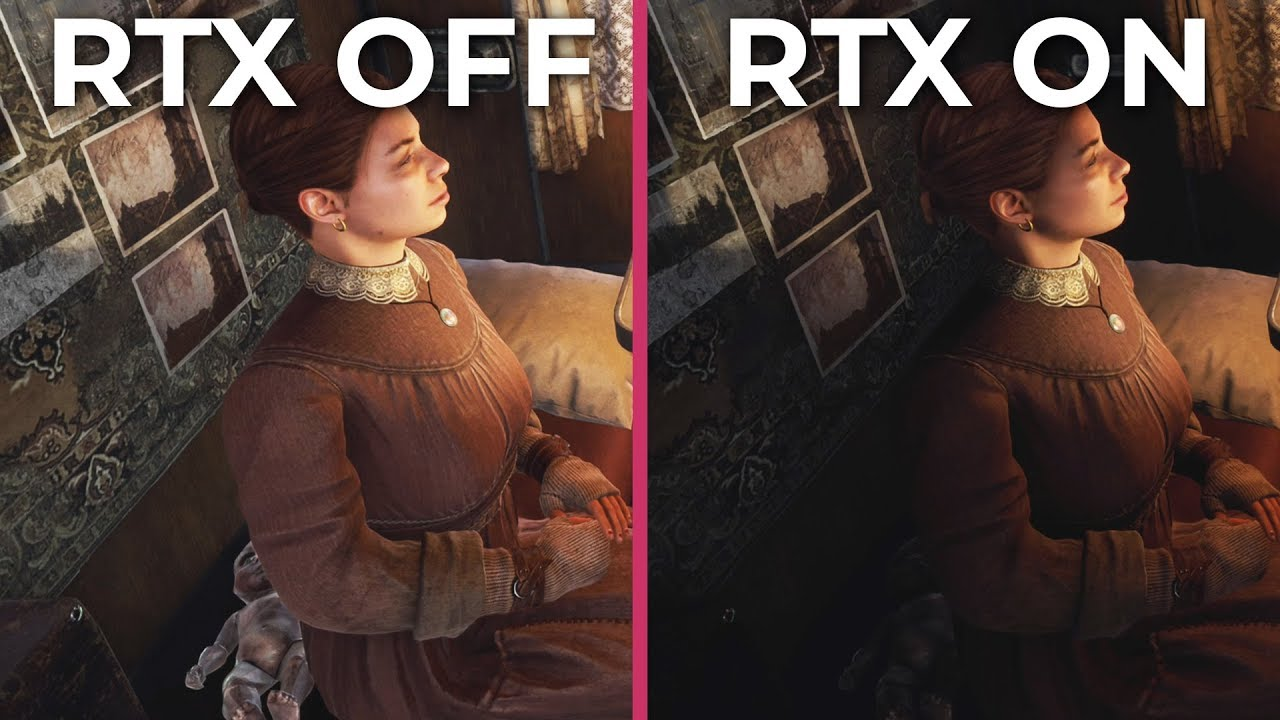
- Metro Exodus: A post-apocalyptic FPS game that uses ray-traced globalillumination, ambient occlusion and shadows to create a dark and atmospheric world full of danger.
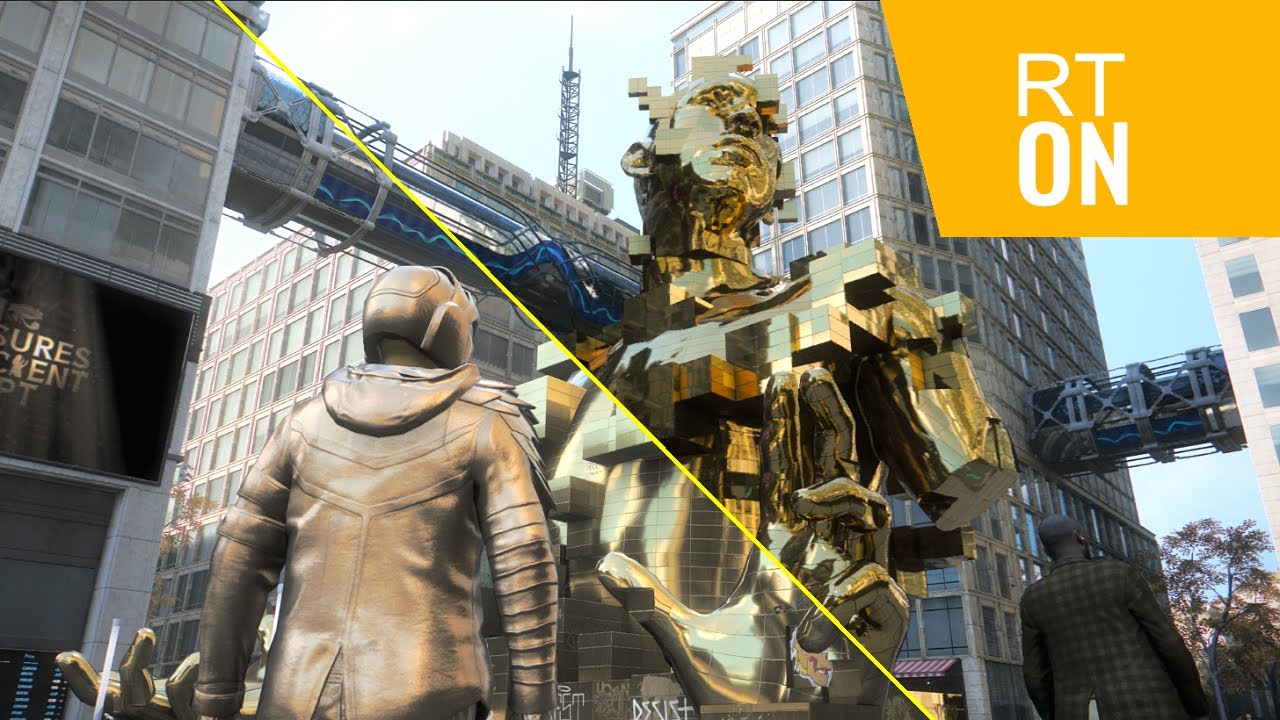
- Watch Dogs: Legion: A dystopian open-world game that uses ray-traced reflections to create a vibrant London full of life.
Thank You for reading! Hope you liked it!
That's all for now.
Signing off,
#Moderator - @iQOO Connect
Don't Forget to Follow me : @Tilak
Please sign in
Login and share
